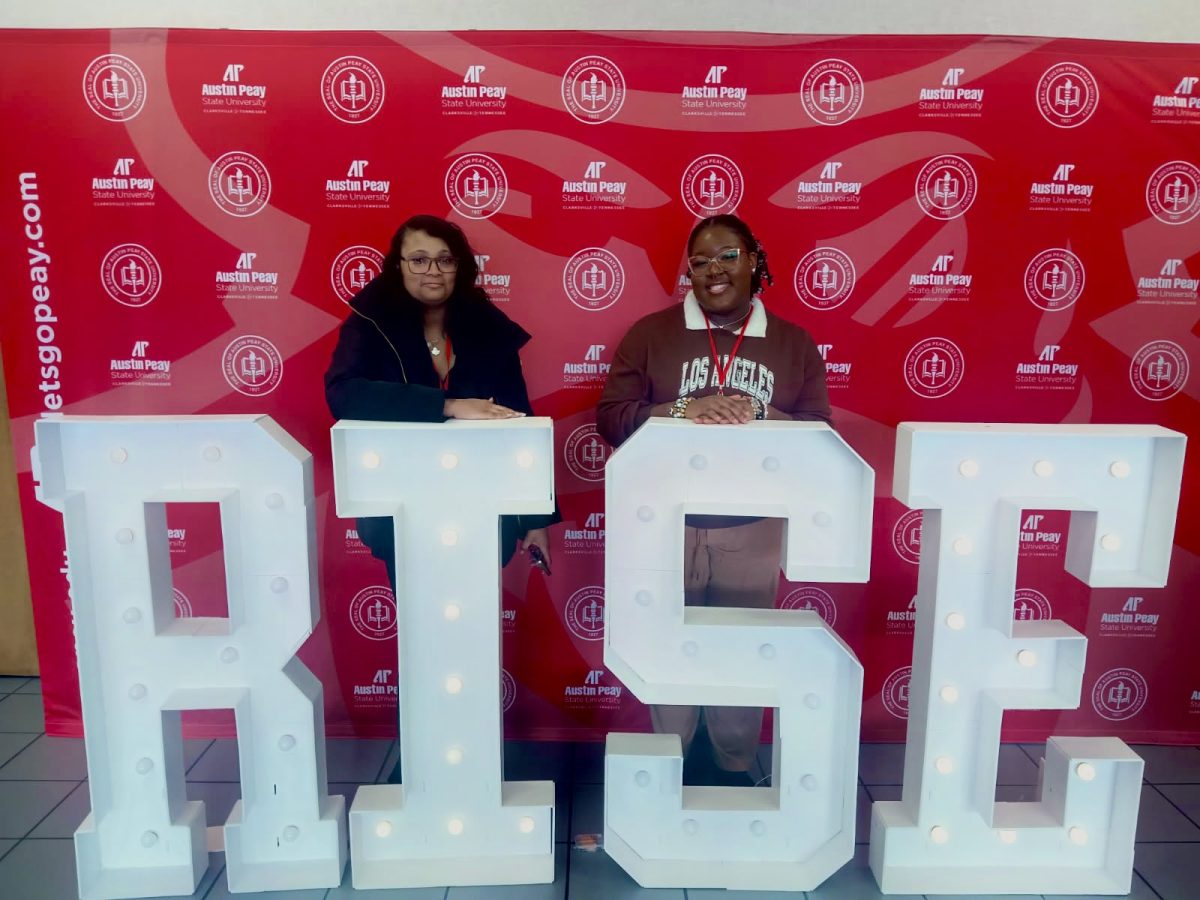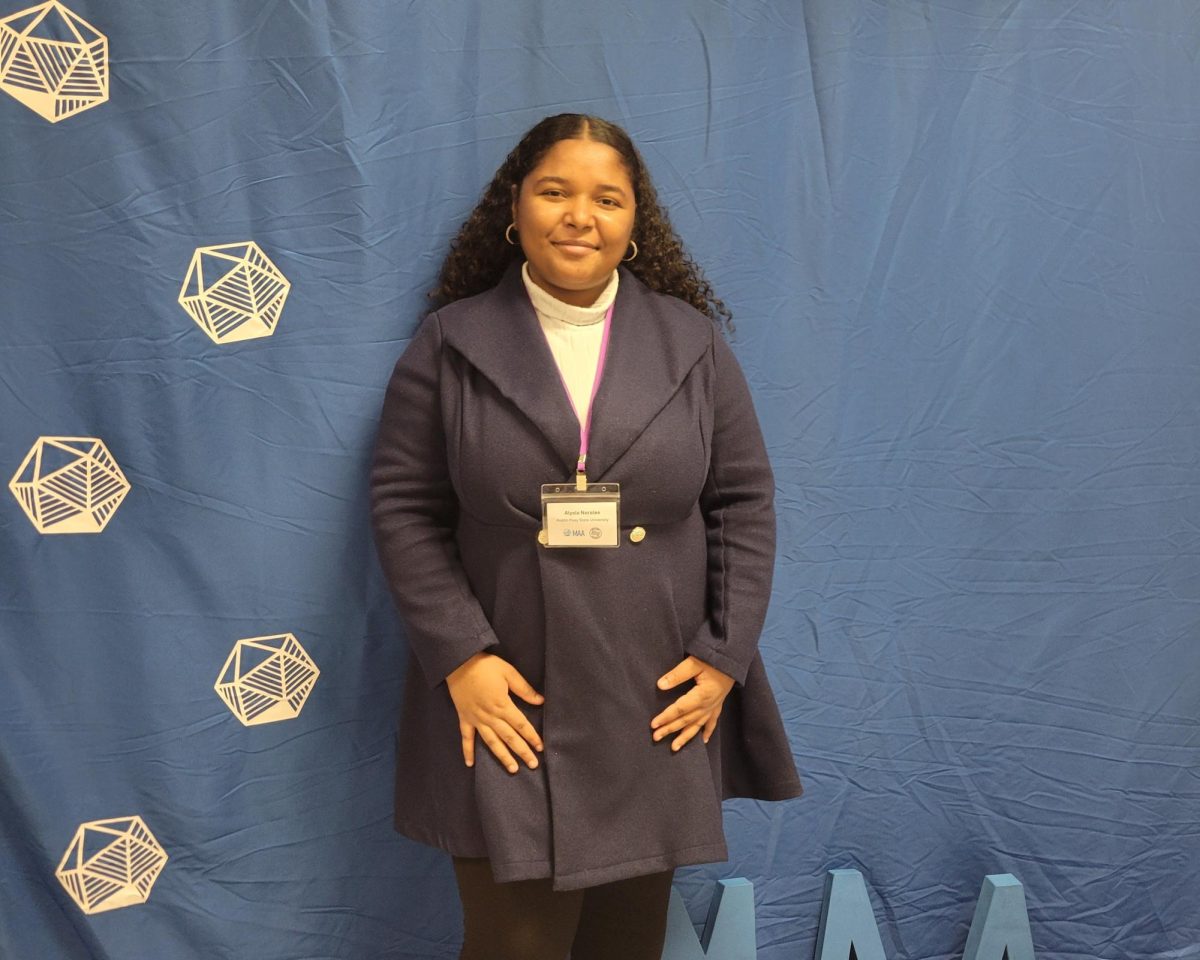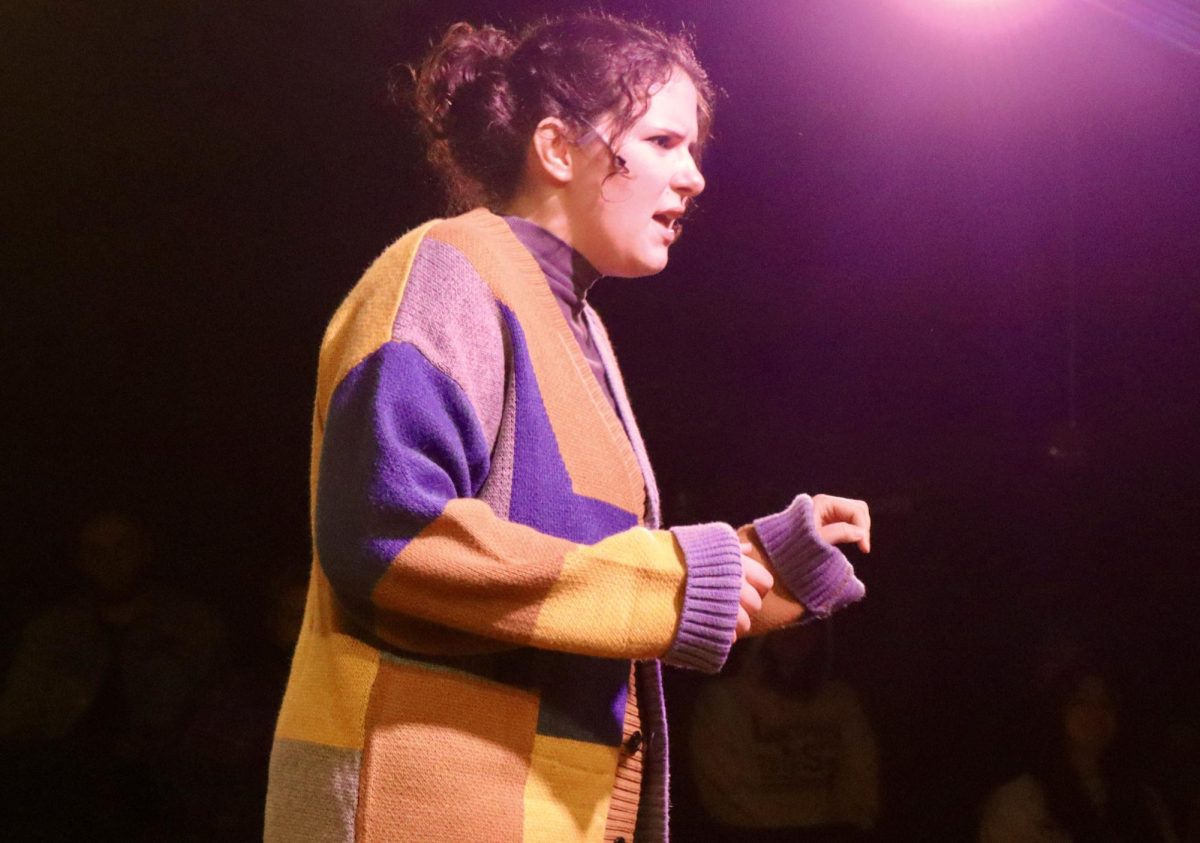Important figures in Black history extend beyond the borders of Martin Luther King, Jr. and Harriet Tubman, yet these seem to be some of the only familiar names to many. Unless one takes time to study Black history for him- or herself, one may never know the amazing contributions of Harriet Jacobs and A. Philip Randolph.
Harriet Jacobs was born a slave in North Carolina in 1813 but died a free woman, having aided in the freedom of her children and brother in 1897. She wrote an autobiography, “Incidents in the Life of a Slave Girl,” which gives a firsthand account of what she describes as “The degradation, the wrongs, the vices that grow out of slavery.”
It wasn’t until Jacobs was 11 and her mother and mother’s mistress—whom Jacobs had been sent to work for—passed away that she was sold to James Norcom. Then the struggles began. Norcom made sexual advances on Jacobs, and although Jacobs consistently refused him, Norcom’s wife grew jealous and cold towards Jacobs. She wrote in “Incidents,” “My master was, to my knowledge, the father of 11 slaves. But did the mothers dare to tell who was the father of their children? Did the other slaves dare to allude to it, except in whispers among themselves? No indeed? They knew too well the terrible consequences.”
When Jacobs was 16, she met and became involved with Samuel Tredwell Sawyer, an unmarried white lawyer. They had a son and a daughter together, and Jacobs lived with them at her grandmother’s house. Norcom continued to pursue Jacobs. She rejected him still, and he banished her and her children to live and work for his son on his plantation. Jacobs knew if she were to go missing, Norcom would have to allow her children to stay with her grandmother, so she lived hidden away in a nine-by-seven garret for seven years, able to watch and hear her children grow up but not speak with them.
Meanwhile, Tredwell purchased Jacobs and their children with the promise that he would free them and made arrangements for their daughter to live with a family in New York. Shortly before their daughter left, Jacobs revealed herself to both of her children and swore them to secrecy, then managed to escape to New York herself, where she was eventually reunited with her children and brother.
Unionizer and civil rights leader A. Philip Randolph (1889-1979) began his career in public service by cofounding an employment agency in Harlem called the Brotherhood in Labor. By the time he retired from the public eye, he had been awarded the Presidential Medal of Freedom by Lyndon B. Johnson and had founded the A. Philip Randolph Institute.
Randolph was a lifelong supporter of equal rights, as his parents were devoted to the equal treatment of African-Americans. He moved to Harlem after graduating from the Cookman Institute, one of the first higher education institutions for Blacks. It was there Randolph met Chandler Owen, a Columbia law student who shared Randolph’s values and with whom Randolph later cofounded the Brotherhood in Labor and political magazine The Messenger, both aimed at organizing Black workers.
After two unsuccessful runs for public office in New York on the Socialist party ticket, Randolph turned his attention back on union organizations for Blacks. He founded and presided over the Brotherhood of Sleeping Car Porters, which went on to be the first African-American union recognized by the American Federation of Labor.
Randolph’s next target was discrimination in the war industry, where discrimination often prevented Africa- Americans from working. He organized a march on Washington, D.C., which went on until President Franklin D. Roosevelt made an executive order that banned discrimination in the factories and set up the first Fair Employment Practices Committee. Randolph later organized the League for Nonviolent Civil Disobedience Against Military Segregation, which caused President Harry S. Truman to executively ban segregation in the military.
He went on to successfully organize several major campaigns in the Civil Rights Movement, including a prayer pilgrimage to Washington, D.C., and the first Youth March for Integrated Schools. President John F. Kennedy met with him and only a few others in the movement after Randolph shared the stage with King’s “I Have a Dream” speech, and the following year, President Lyndon B. Johnson awarded him the Presidential Medal of Freedom.
Randolph founded the A. Philip Randolph Institute, but primarily stayed out of the public eye until he passed away in 1979.
Some upcoming events on Black History month include the LGBTQ Black Film Series from 4:30 p.m. to 6 p.m. from Wednesday, Feb. 18, to Friday, Feb. 20, the African-American Civil Rights Speech Reenactment Competition on Tuesday, Feb. 24, from 6 p.m. to 9 p.m., and the Miesha Arnold Art Display Reception on Friday, Feb. 26 from 5 p.m. to 7 p.m., all presented at the Wilbur N. Daniel African-American Cultural Center.














